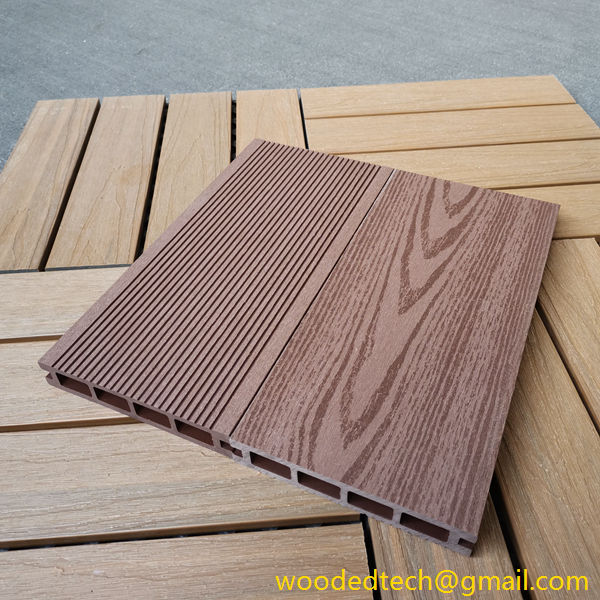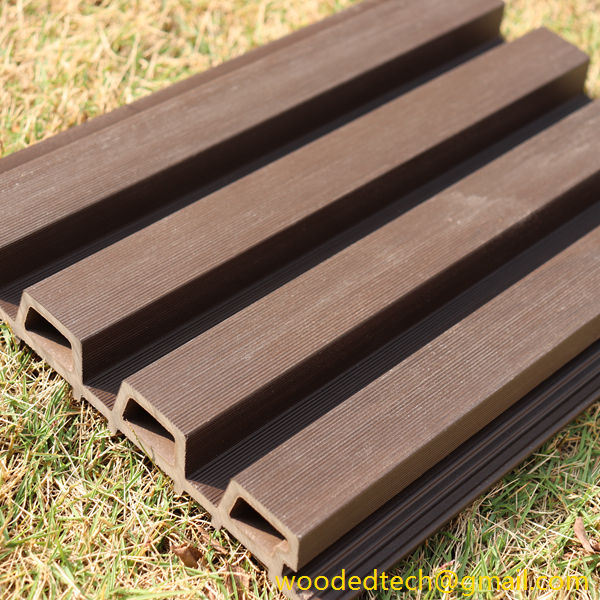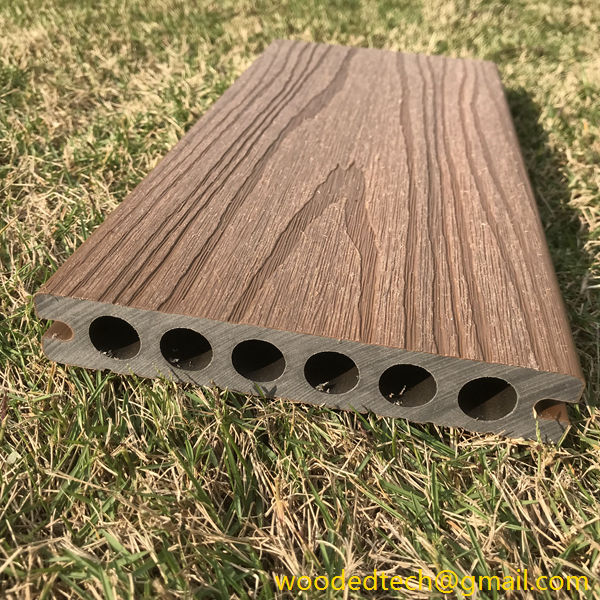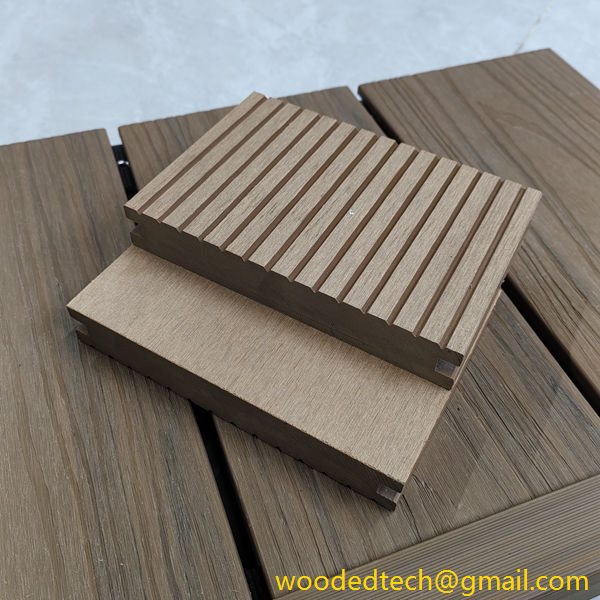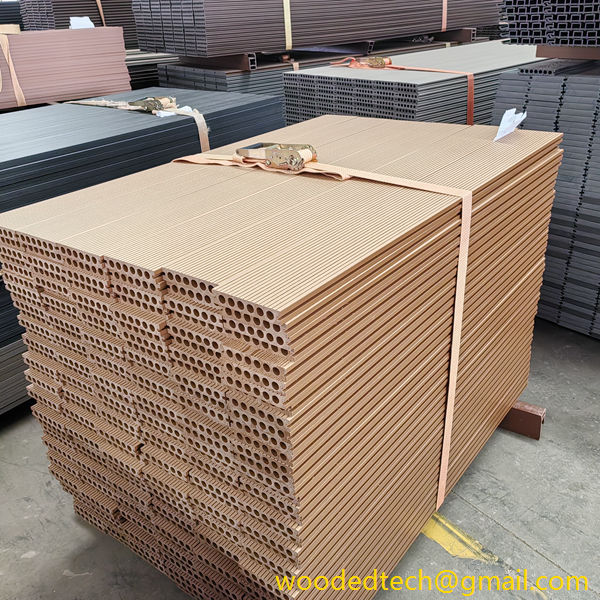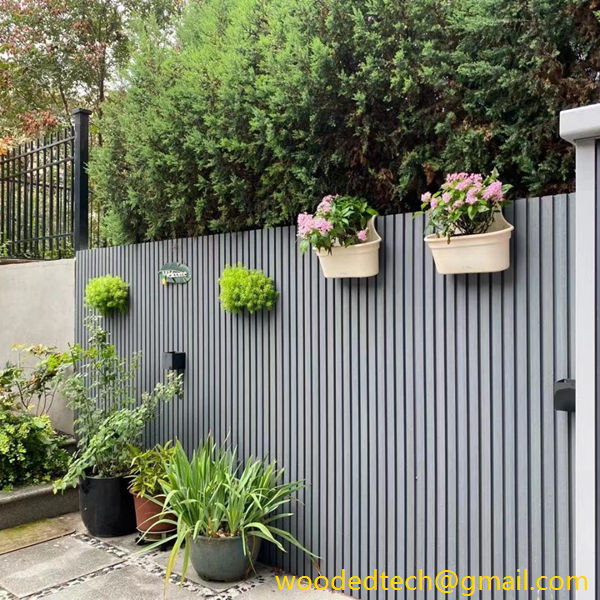Read Our Wood Plastic Composite Review to Make Informed Choices
Wood plastic composites, commonly known as WPC, have gained significant popularity in various industries due to their unique properties and versatile applications. As consumers become more environmentally conscious and seek sustainable alternatives to traditional materials, WPC has emerged as an attractive option. This article aims to provide a comprehensive review of wood plastic composites from the perspective of material production processes, allowing you to make informed choices when considering WPC for your next project.
The production of wood plastic composites involves the combination of wood fibers or wood flour with thermoplastic materials. This innovative blend results in a composite material that harnesses the best characteristics of both wood and plastic. The manufacturing process typically consists of several key steps: material selection, mixing, extrusion, cooling, and finishing.
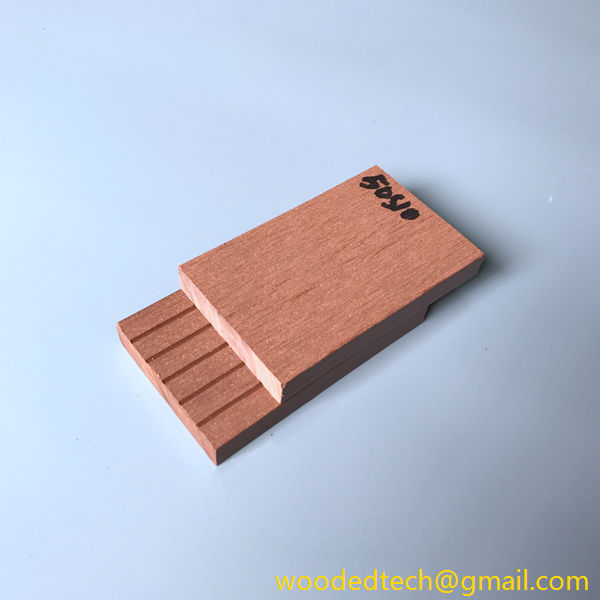 Firstly, material selection is crucial in determining the quality and performance of the final WPC product. The wood component can range from natural wood fibers to recycled wood products, while the plastic portion usually involves polyethylene, polypropylene, or polyvinyl chloride. The choice of materials impacts not only the physical properties of the composite but also its environmental footprint. Manufacturers often prioritize sustainable sources for wood and recycled plastics to enhance the eco-friendliness of their products.
Firstly, material selection is crucial in determining the quality and performance of the final WPC product. The wood component can range from natural wood fibers to recycled wood products, while the plastic portion usually involves polyethylene, polypropylene, or polyvinyl chloride. The choice of materials impacts not only the physical properties of the composite but also its environmental footprint. Manufacturers often prioritize sustainable sources for wood and recycled plastics to enhance the eco-friendliness of their products.
Once the materials are selected, the next step is mixing. In this phase, wood fibers and plastic are combined in specific ratios to achieve the desired properties. The mixing process is typically done using high-shear mixers or twin-screw extruders, which ensure a homogeneous blend. Proper mixing is essential to achieve optimal adhesion between the wood and plastic components, which directly influences the strength and durability of the final product.
After mixing, the composite material is subjected to extrusion. This process involves forcing the blended materials through a die to create continuous profiles, such as decking boards, railing, or other components. During extrusion, heat is applied to melt the plastic, allowing it to flow and encapsulate the wood fibers. The temperature and pressure settings during extrusion are critical, as they determine the viscosity of the material and its ability to form specific shapes. This step also influences the surface finish and texture of the final product.
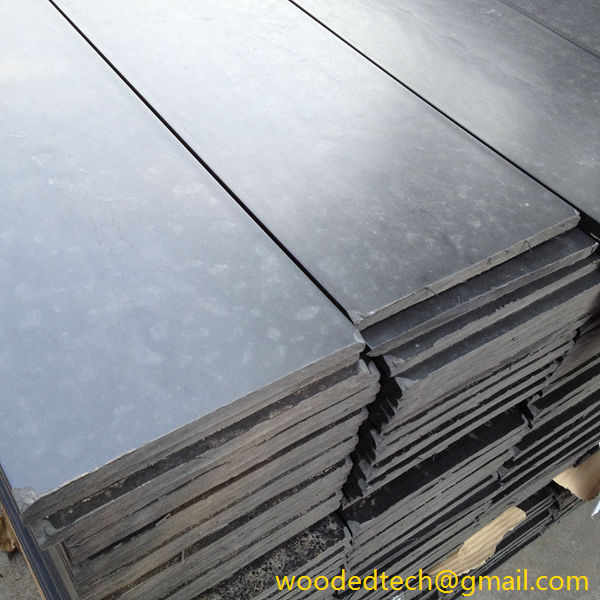
Following extrusion, the WPC material is cooled to solidify and maintain its shape. The cooling process can vary depending on the product’s intended use and design specifications. Some products may undergo water cooling, while others may utilize air cooling methods. Proper cooling is vital to prevent warping and ensure dimensional stability, which are crucial for applications that require precise measurements.
Once cooled, the composite may require additional finishing processes to enhance its aesthetic appeal and performance. This can include sanding, coating, or applying surface treatments to improve weather resistance, UV stability, and overall longevity. Finishing processes not only enhance the visual characteristics of the WPC but also protect it from environmental factors that can lead to degradation over time.
One of the significant advantages of wood plastic composites is their resistance to moisture, pests, and rot, making them an ideal choice for outdoor applications such as decking, fencing, and landscaping. Unlike traditional wood, WPC does not splinter or warp, providing a safer and more durable alternative. Additionally, the environmental benefits of WPC cannot be overlooked; by utilizing recycled materials and reducing the reliance on virgin wood, manufacturers contribute to a more sustainable future.
When considering wood plastic composites for your project, it is essential to evaluate the specific production processes employed by different manufacturers. Variations in material selection, mixing techniques, and extrusion methods can significantly impact the quality and performance of the final product. It is advisable to seek out manufacturers that prioritize sustainable practices and adhere to strict quality control measures.
In conclusion, understanding the production processes of wood plastic composites is crucial for making informed choices. The combination of wood and plastic offers a sustainable alternative that is both functional and aesthetically pleasing. By considering factors such as material selection, mixing, extrusion, cooling, and finishing, you can select a WPC product that meets your needs while contributing to a more sustainable environment. As the demand for eco-friendly materials continues to rise, wood plastic composites are poised to play a significant role in shaping the future of construction and design.

